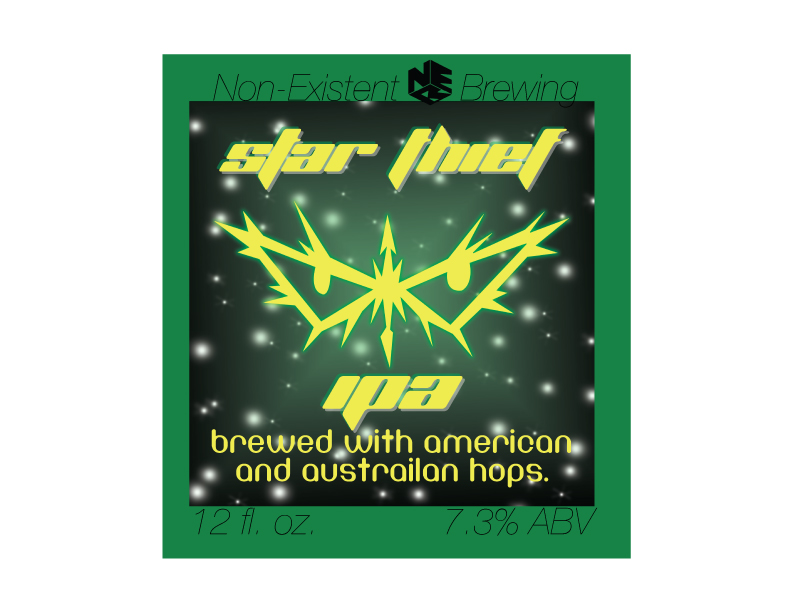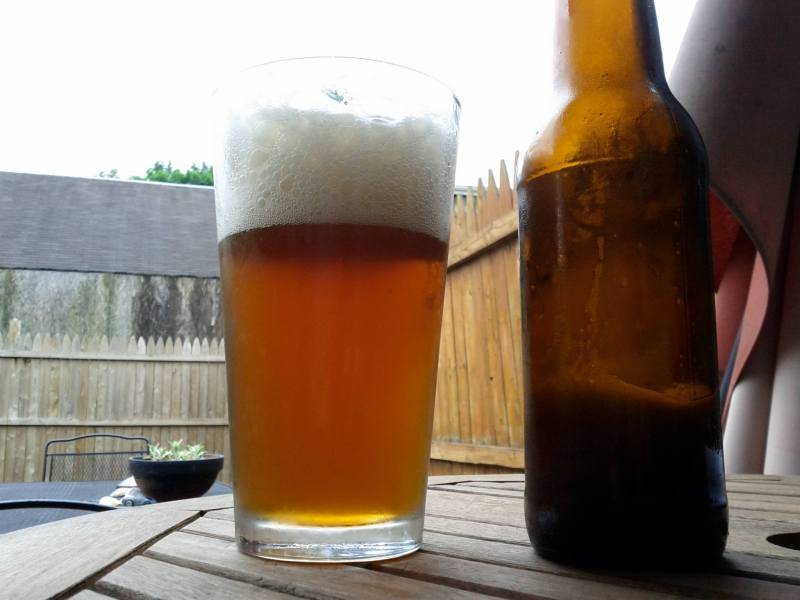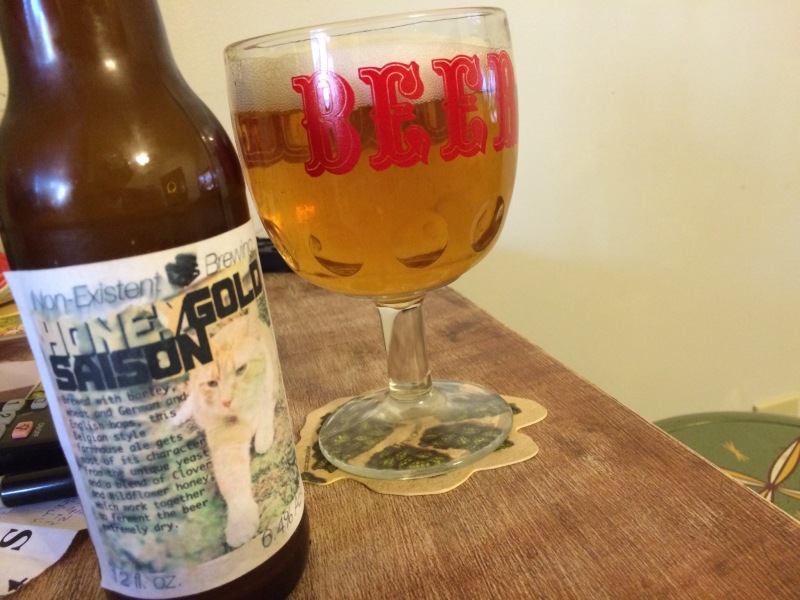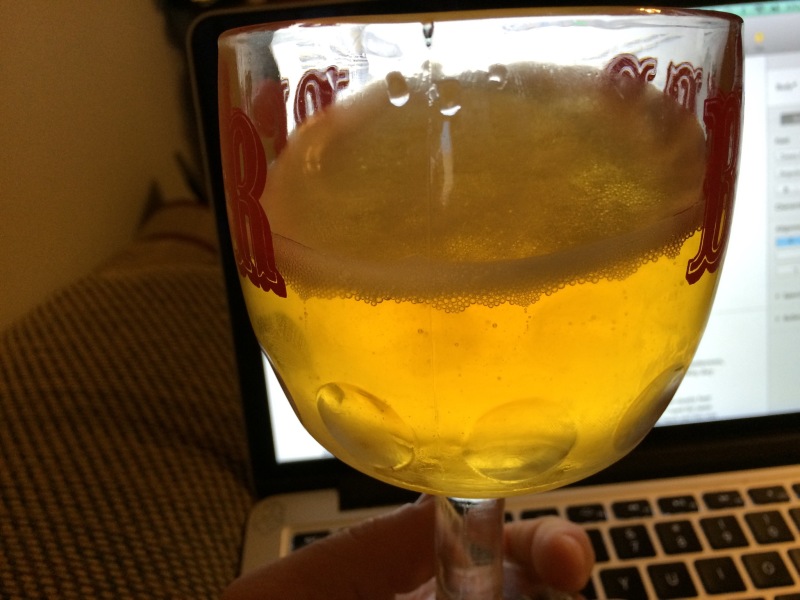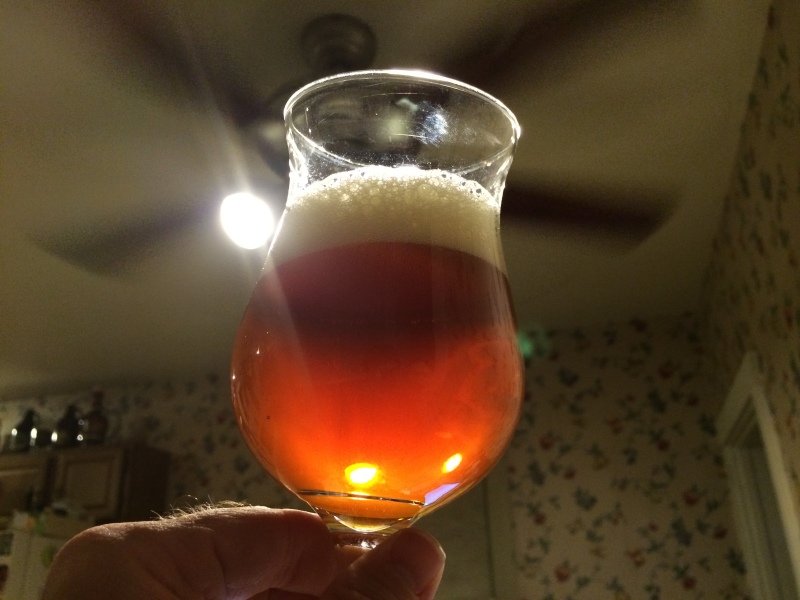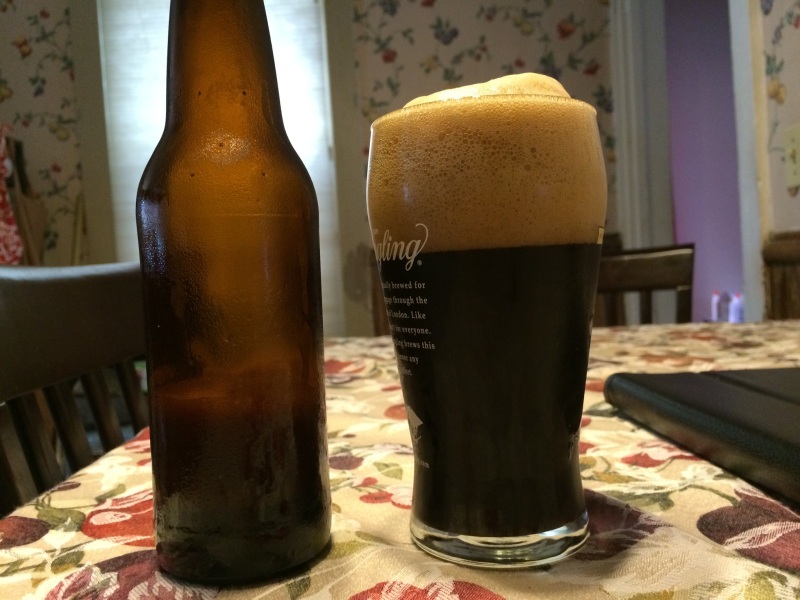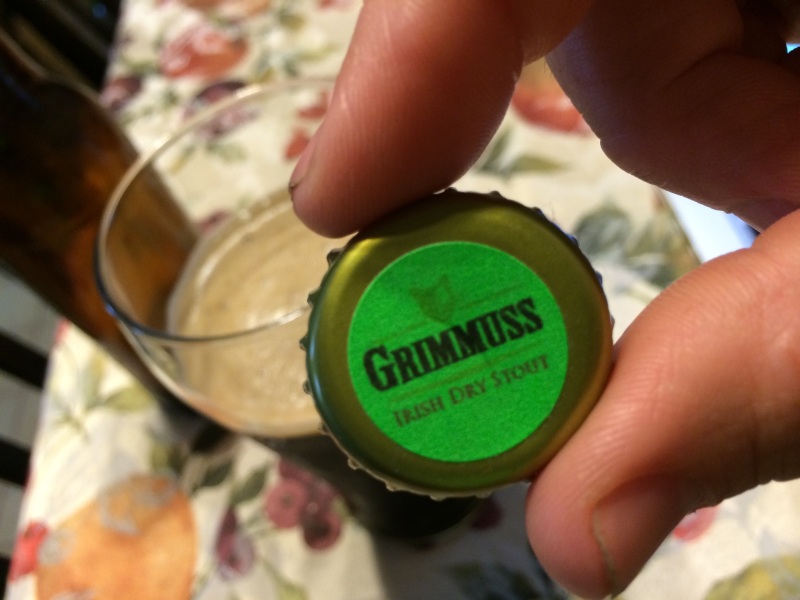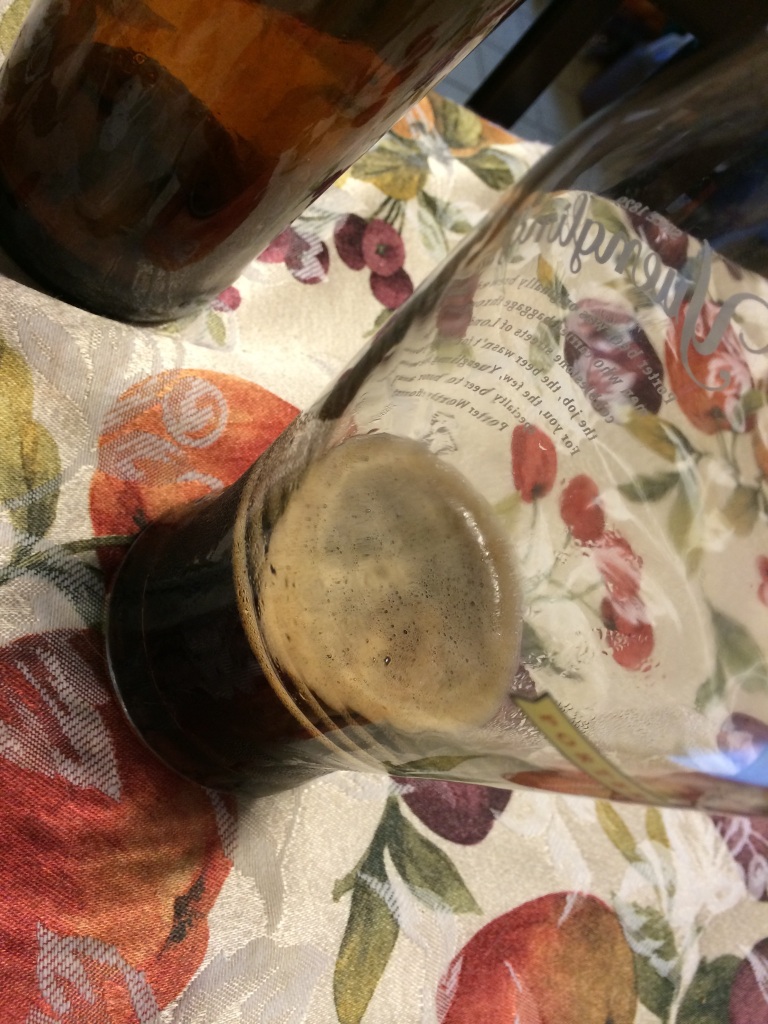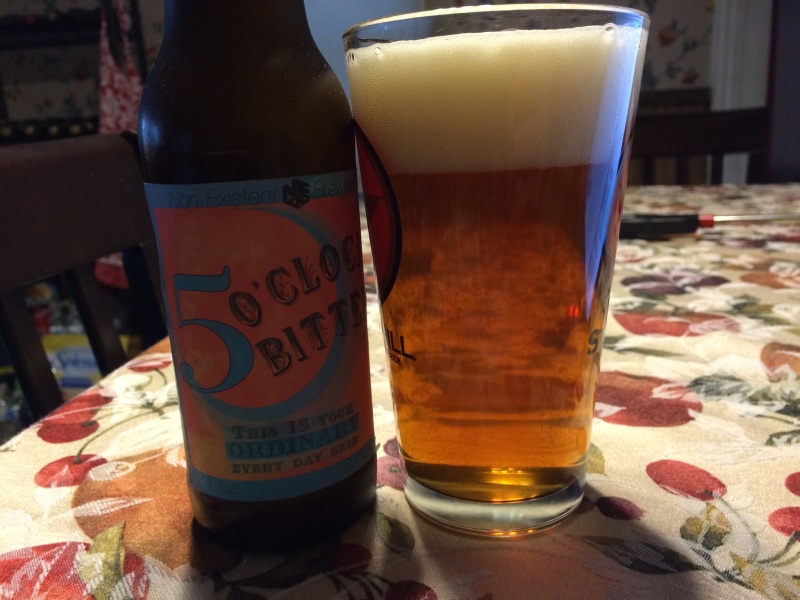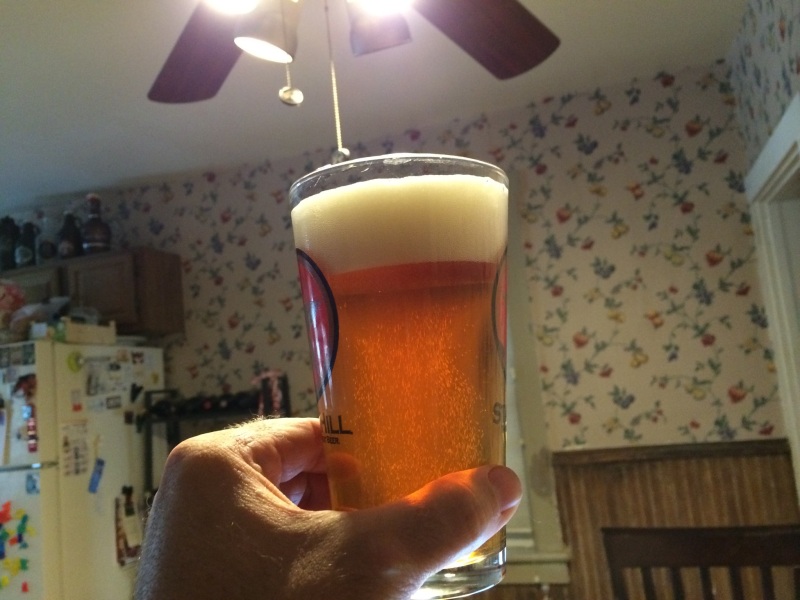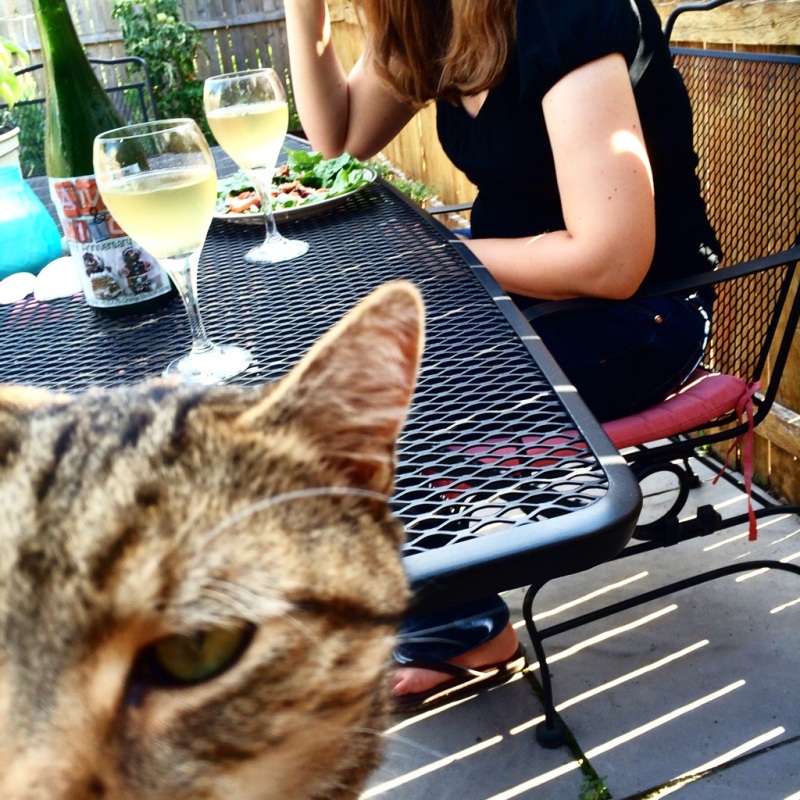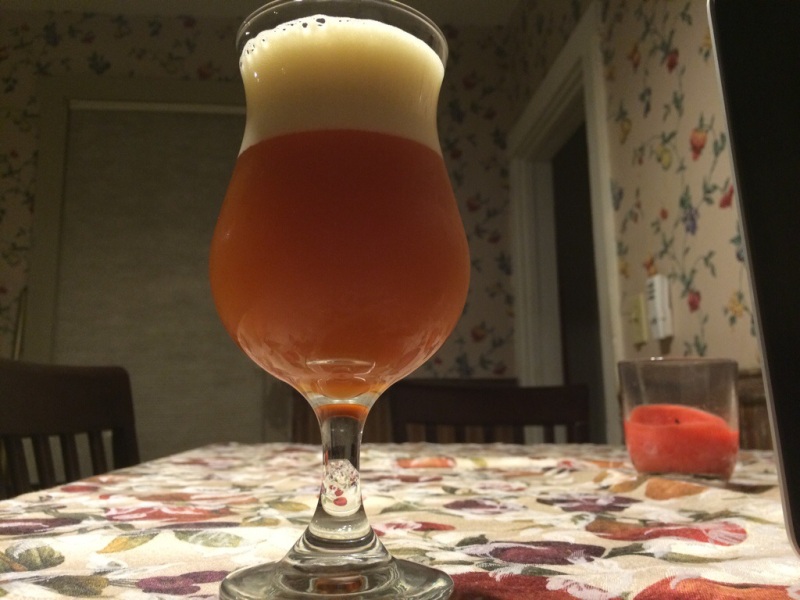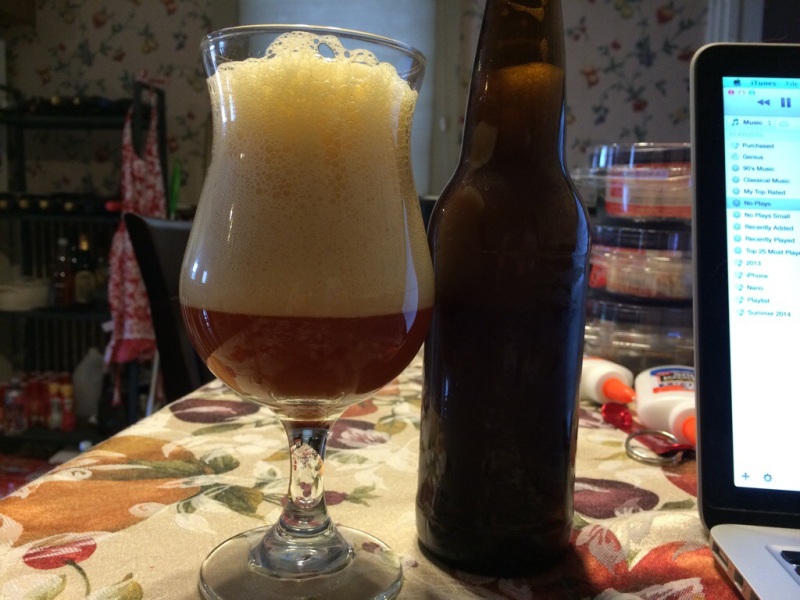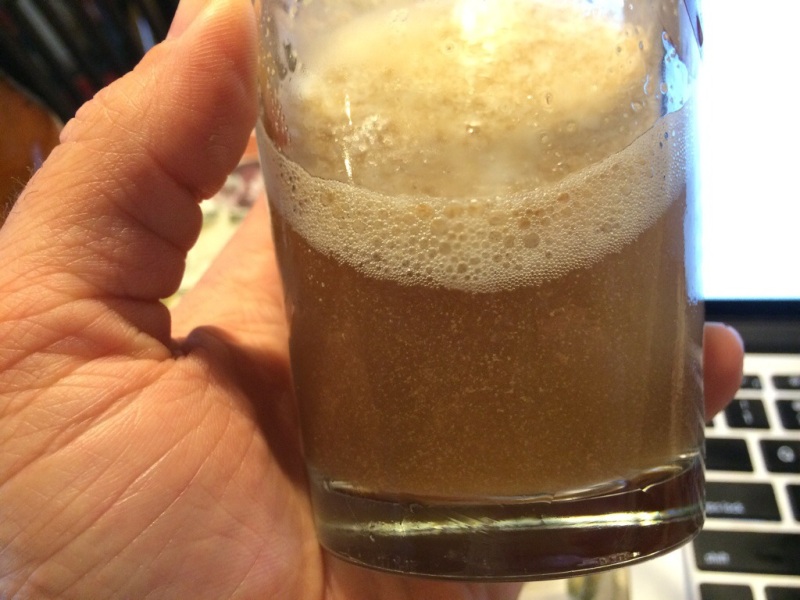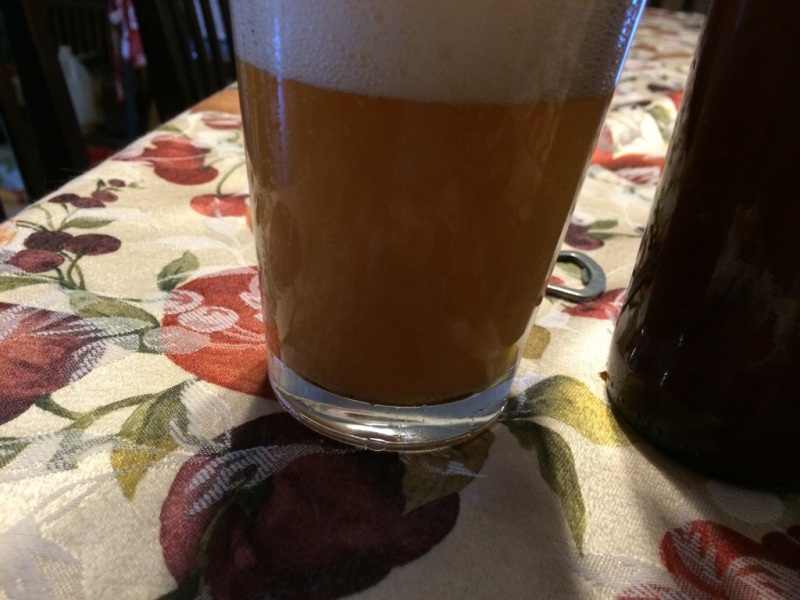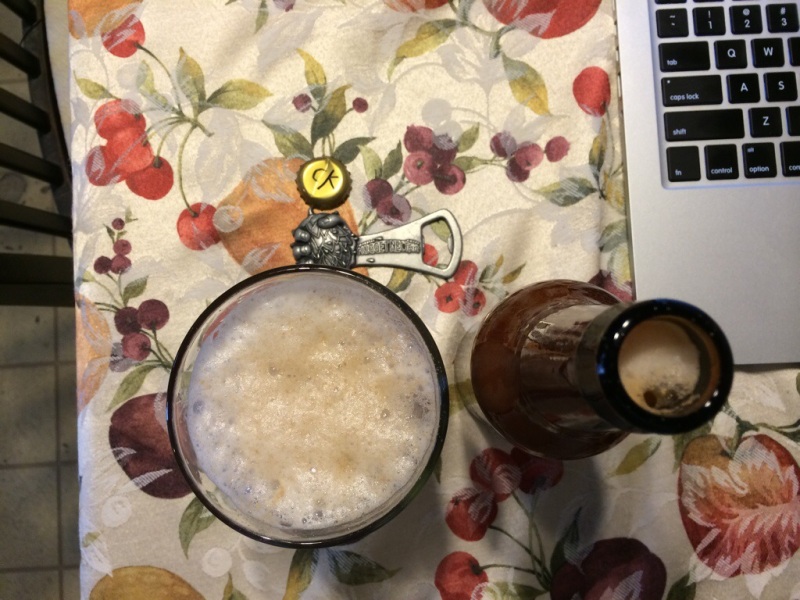Original Post: Mount Hoodie 2013
Style: American Amber Lager
Brew Date: Winter 2012/2013
Tasting Date: October 14, 2014
ABV: 4.8%
IBUs: 32
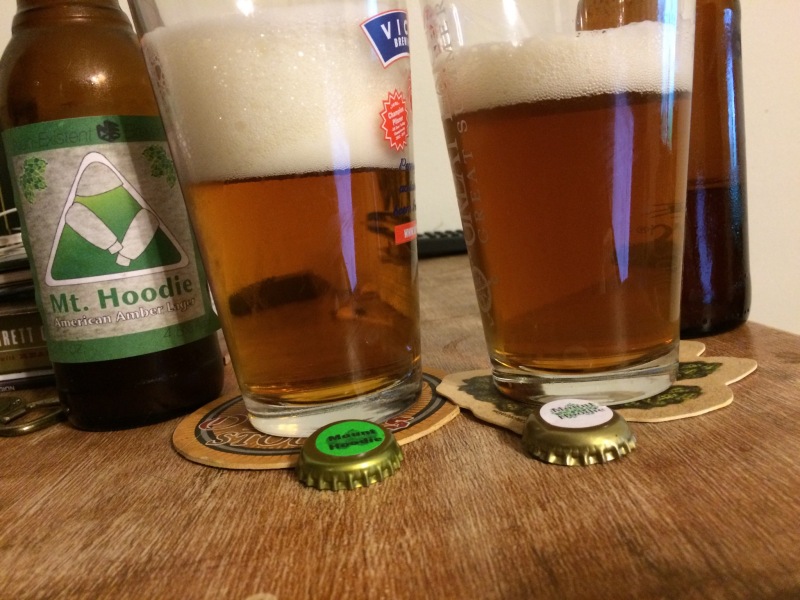 This is mainly meant to be tasting notes on the first batch of Mount Hoodie, but that beer is well past its prime. It should have been consumed well over a year ago. I happen to have some of the 2014 batch, which is already a bit out of date as well, so I’m going to try to compare them. In my memory, the first batch was excellent fresh. One of my favorites, thus leading to the follow up. That re-brew was botched, though as you might remember and while the beer turned out okay, it was a disappointment after the great first batch.
This is mainly meant to be tasting notes on the first batch of Mount Hoodie, but that beer is well past its prime. It should have been consumed well over a year ago. I happen to have some of the 2014 batch, which is already a bit out of date as well, so I’m going to try to compare them. In my memory, the first batch was excellent fresh. One of my favorites, thus leading to the follow up. That re-brew was botched, though as you might remember and while the beer turned out okay, it was a disappointment after the great first batch.
I poured both beers and got a huge head on each. The color of both are similar, though the older batch is much clearer and as a result appears a little lighter. The color is light for an amber lager. It is barely into the orange range and the highlight definitely qualify as yellow. It may not be what most would expect from “amber” beer, but I like it quite a bit and I still think it qualifies, though I wouldn’t call it red.
Taking a sip, I don’t get a lot of aroma without looking for it. Once the beer is in my mouth, it still has some nice malt flavor, but there are no hops left. It isn’t too badly oxidized, considering its age, though there is some of that problem.
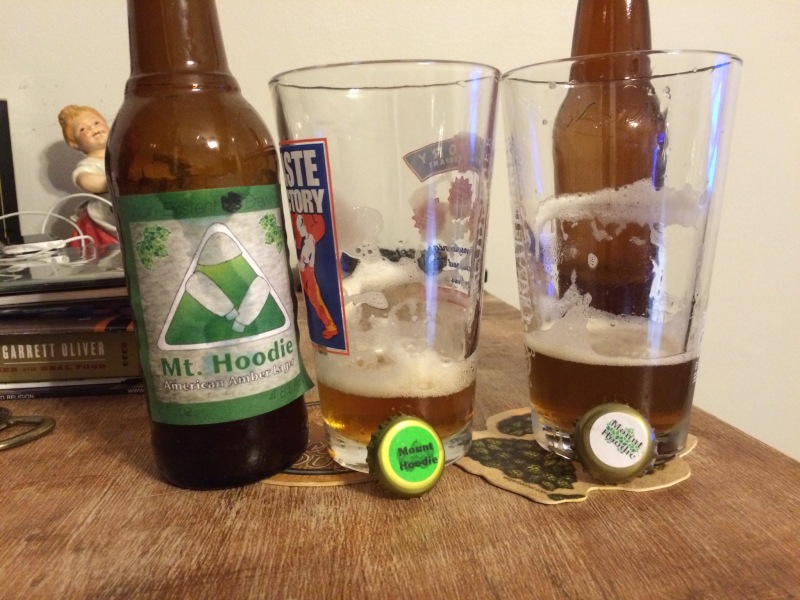 It is a real shame to lose the Mount Hood hops that lend this beer its name. The lighter color comes from less of the malts that give most amber beers their defining characteristics. I like the lighter malts in this when it is showcasing hops, but now that the hops have faded, the maltier version would be welcome.
It is a real shame to lose the Mount Hood hops that lend this beer its name. The lighter color comes from less of the malts that give most amber beers their defining characteristics. I like the lighter malts in this when it is showcasing hops, but now that the hops have faded, the maltier version would be welcome.
Getting back to the comparison, time to break into the newer version. There is definitely more hop presence in this. It is still less than I’d like, but I could identify Mount Hood hops in this, both in the aroma and the flavor. The aroma is lightly citrusy with some earthy spice. These aromas are echoed in the flavor, although they are cut even more by the malts. The malt flavor is very similar to older version but has held up a little better with a year less aging.
In their current states, the newer version is far superior. I don’t doubt the original was much better fresh, but I do wonder if it hasn’t also been built up in my mind. It was my first lager and the clean, crisp fermentation was new to my homebrew. I hope to brew another batch of this beer in the coming Winter. I plan to up the hops a little bit and keep the malts pretty consistent.
While I still have some of the newer beer left, I have finished the original, so I’m going to say that is a wrap on these tasting notes.

